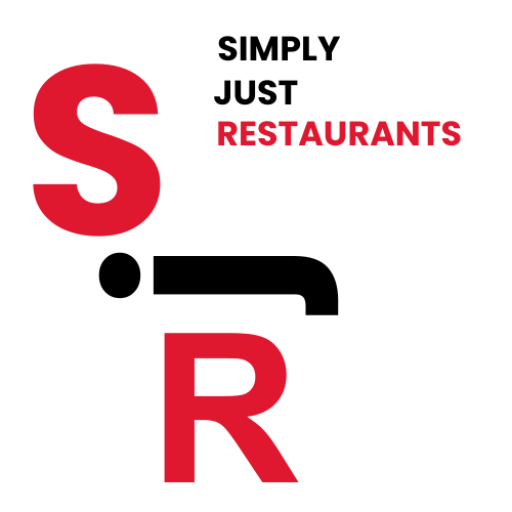Food trucks or mobile food trucks is an idea that has arrived. But, there is a issues with food safety in the food trucks. With more food trucks arrive on the roads, there is a risk of food safety that could hinder the expansion of this category.Sometimes one mistake could result in serious harm. Even an unimportant food safety error may cause serious illnesses that can have long-term effects.
What is the food Safety Issue In Food Trucks
Food trucks are small they have less personnel and facilities compared to commercial kitchen. Add to this the fact that food trucks are constantly moving food trucks that could be a thorn in the and temperature control. Additionally, many food trucks lack an effective food safety system, i.e. they have a lack of awareness about problems with food safety.
Critical Food Safety Issue in Food Truck
No Sanitation of Tables
Cross contamination can be a consequence of the tabletops that aren’t cleaned on food trucks. A buildup of grease along with dirt, other substances as well as contact with surfaces for food can lead to problems with food safety. No matter the method used for the preparation of food, your tables need to be cleaned . Regularly sanitation and cleaning at an interval that stops the build-up of grease, dust and other residues in relation to their usage. Prevention of cross-contamination of food items that are ready to eat or food contact surfaces that have been soiled by cutting boards, knives, Aprons and so on. as well as food products that are raw.
Sanitizing and Disinfecting can be used interchangeably and may cause confusion while using hygienic methods.
Sanitizing Eliminating germs from living surfaces to levels that are deemed as safe under public health codes or rules.
Disinfecting Inactivating or destroying all germs found on an inanimate area.
Sanitizing: Ratio 1 tablespoon bleach per 1 gallon of water cool. Contact time: Allow it to sit for two minutes and after which you can wipe or dry.
Disinfecting: Ratio of 14 (minimum) or 3/4 (maximum) Cup of bleach equals 3.5 1 liter of cool water (or 1 teaspoon (minimum) or three teaspoons (maximum) from bleach for 1 Liter of water. Allow to stand for two minutes and then clean or dry with a towel.
How often should you wash your hands and how often should you wash your hands?
Sanitizing: Ideal for surfaces with food contact (dishes and utensils such as cutting boards, chairs, tables).
Disinfecting: Recommended for non porous surfaces including counter tops handles on cabinet and door handles, as well as the sinks that are used.
Important Note: Clean all obvious debris off surfaces prior to disinfecting or sanitizing.
Improper Washing of Hands
It is a major cause of food poisoning and can easily be avoided with the use of clean hands programs as well as using gloves. The biggest issue is the lack of a separate basin to wash hands. Cleaning hands in a sink in which utensils or vegetables have been washed can cause contamination. One of the tools that you have are the gel or hand soap as well as gloves and a basin for hand washing. Also, make sure that the employees aren’t taking sick leave. Studies have shown that this can be a major breach.
Water Potability
Are the waters from the food truck safe to be consumed? Poor quality water will cause problems for everything you eat in your truck. Boiling water is not enough to overcome the food safety issues in a the food truck. Check the water inside the truck to determine its quality and potability. Make a plan to clean and wash the tanks you store in.
Refrigeration Temperature
Food safety issues in food trucks is a major problem that is easily controlled in the temperatures of refrigeration. Foods must be at or at or below 4 degrees Celsius, or below -4(minus4) degrees C when is required. This is difficult in a restaurant, however extremely difficult to control when operating a mobile food service. There are a few methods you can employ to control the temperature of food on food trucks.
- Buy a quality refrigerator. You can avoid the stress of increased operating costs and break down.
- Record and monitor food temperatures of refrigerators. Make this a habit every day every day, at least two times. A thermometer is needed that measures the temperature of the air within the chamber. It’s important because most manufacturers take temperature .
- Check the calibration of your refrigerator and the temperature gauge. It is an attempt to verify that the temperature indicator functions. This will guarantee that the thermostat you refrigerator’s cut-off is working according to the temperature you have specified. Calibration is to ensure that the temperature displayed corresponds to the real temperature. The calibration should be conducted once a year, and at least twice by a the NABL certified laboratories.
- Keep the machine and keep it in excellent condition. Verify the quality of the gasket. In the event of poor quality, it will lead to an the temperature rising.
- Create a strategy for when temperatures are not limit-bound.
- You should have a maintenance plan that checks refrigeration for leaks and then topped off with gas.
Internal Food Temperature
Hot food needs to be served hot while cold food served cold. Hot food needs to be served at a temperature of 53 degrees C. Cold food must be served at 6 degrees C. This is critical since a majority of food trucks are equipped for consumption food items or foods that are pre made. Bacteria multiply between 6 and 53, and they die above the threshold of. Cooking food to temperatures that are appropriate increases the food’s safety. Keep in mind that this advice is made based on the assumption that cooking process itself was healthy. The amount of final high temperatures will render a bacteria-laden food healthy.
It is essential to keep track of this with a core temperature probe, and then measure each order. Every order!!Do this and overcome problems with food safety in the food trucks.
Lack of Pest Control
Food trucks can be a challenging work conditions. The air is humid and hot. tons of food available and the perfect environment for pests such as rodents. There is no pest control system the ability to solve the significant rodent problems within food trucks. Implement a program for pest control which includes fumigation, as well as sanitation practices. A pest control service will inspect the food truck, and then advise you of the steps you should take. One hole here and one there are all required to ruin the food event. Pest control issues are an issue with food safety within a food truck.
They are a known danger that are present in all food truck. They can be controlled by a bit of supervision.

About Author nikita kapali
You May Also Like…
Food Safety Essentials: Addressing 5 Common Problems in Food Trucks
Introduction Food trucks or mobile food trucks is an idea that has arrived. But, there is a issues with food safety in...
How to Launch a Catering Business from Home: A Step-by-Step Plan
Introduction The idea of starting a restaurant by working from home is the ideal option to let your passion of food...



